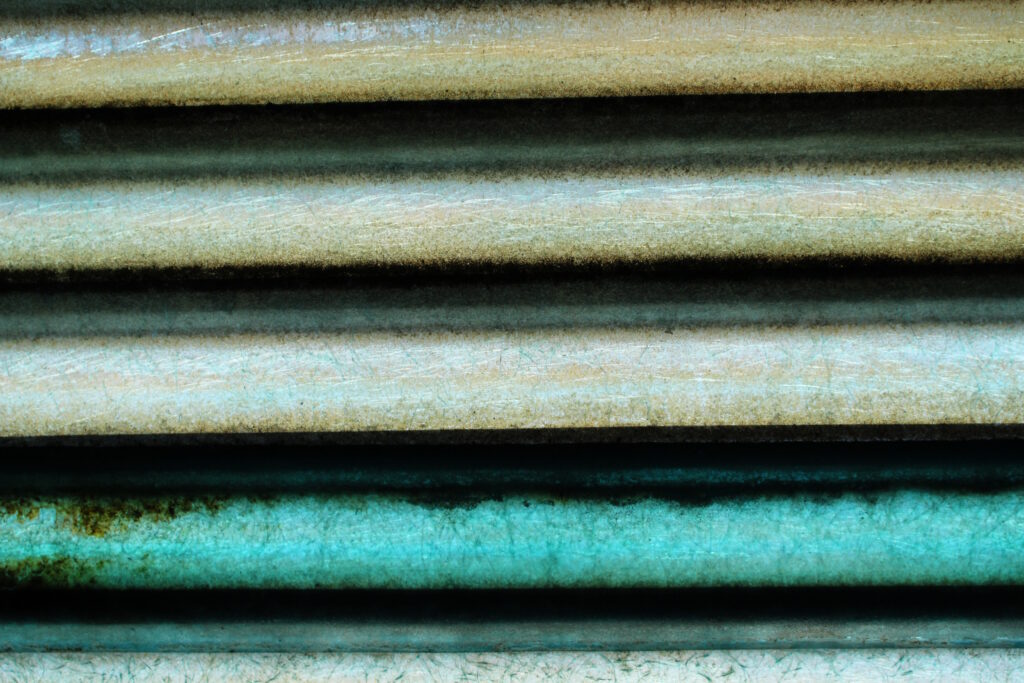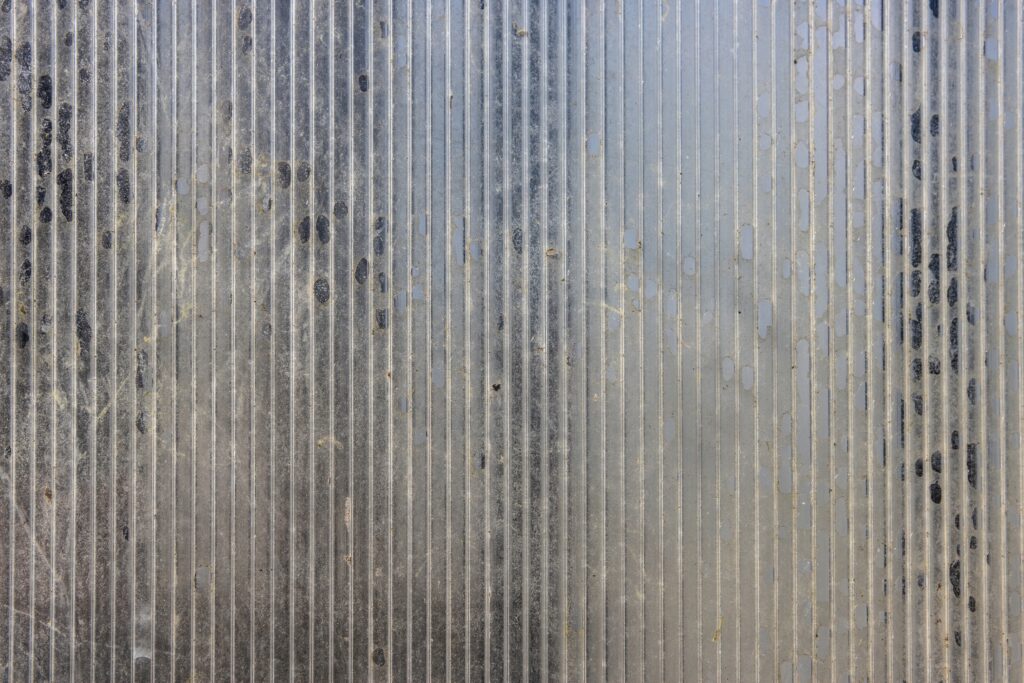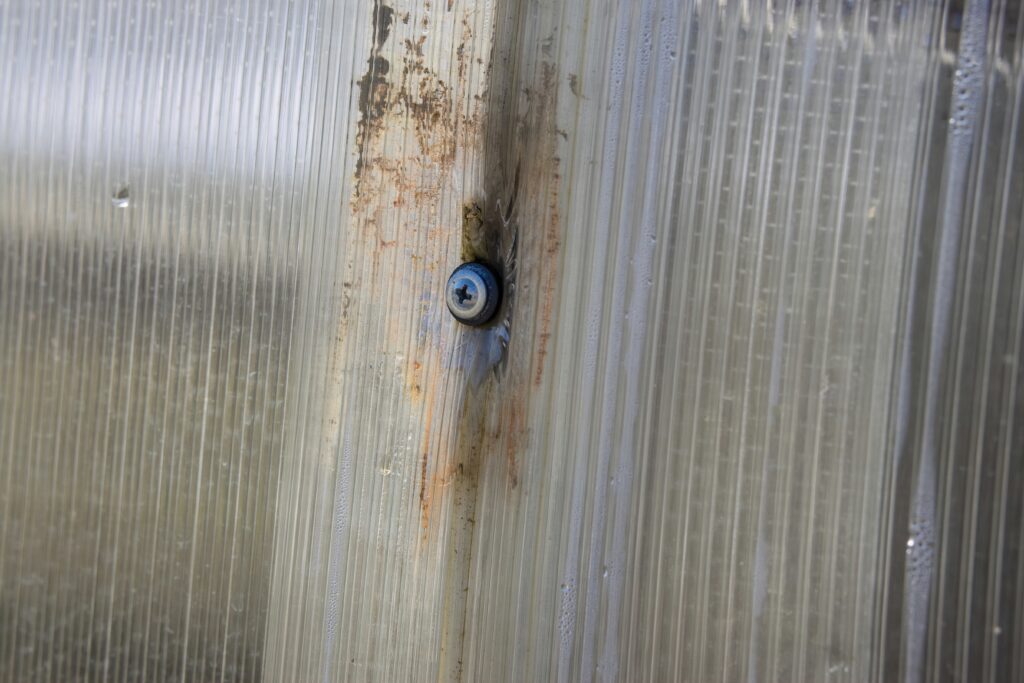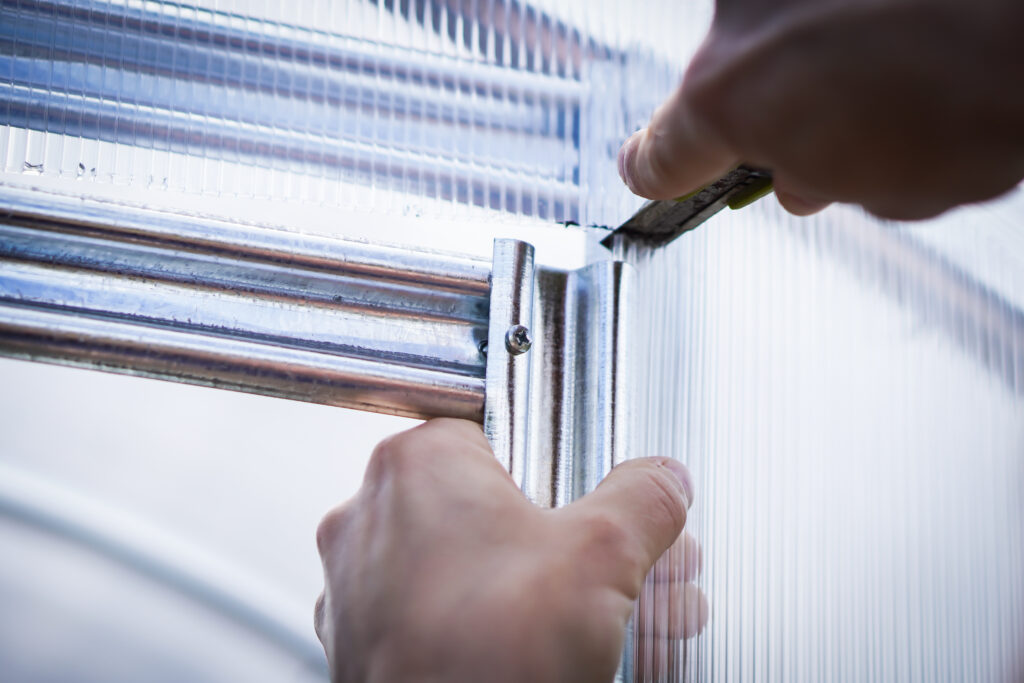If you are currently undergoing a project renovation at home, you would agree that proper installment procedures are important for several reasons. While it is necessary to buy high quality materials, proper installation is just as important. 9 out of 10 common polycarbonate roof problems and manpower accidents can be attributed back to poor installation practices. If the roof is not properly installed, maintained, and used, you would suffer the consequences of stress over continuous problems that may arise, cost of buying a new one, and worst, risk an accident.
Some of the problems you may encounter from wrong installation of skylight roofing are the following:
- Material Discoloration

This happens when the wrong side of the polycarbonate sheet is placed facing the sun. Polycarbonate roofs are subjected to a day-long exposure to UV radiation which causes the discoloration of the sheet. UV radiation causes colored sheets to dull its color while transparent sheets may show yellowing. This may not directly affect the structural integrity of your home, but it will surely make the exterior look old and drab. To avoid this problem, simply make sure to install the polycarbonate sheet with UV protection facing the sun. The UV protected layer has a plastic sheet that should be removed immediately after installation.
- Material Deterioration

UV radiation does not only cause discoloration on the sheet, but also causes the material to become brittle and eventually crack under strong pressure. It is easy to locate the UV protected layer in the polycarbonate sheet. Find the stickered side and remember to install it facing the sun. Remove it immediately after installation. Otherwise, the plastic sheet will be hard to remove.
- Mold and Algal Growth

Molds and algae grow when moisture is trapped in between the twin wall polycarbonate or multiwall polycarbonate sheets. When this happens, not only does the sheet look dirty, it also limits the transmitting properties of the sheet. There may be several problems that may cause this: 1.) There is no blanking tape and breather tape placed at the top and the bottom of the sheet respectively; 2.) the seals around the sheet are not watertight; and 3.) The moisture was trapped inside the sheet during storage. To prevent this, be careful in both storing and installing the polycarbonate. Store the twin wall polycarbonate sheets in a dry place. During installation, make sure to put both blanking tape at the top and breather tape at the bottom of the sheets to limit the moisture ingress and to allow the moisture to be flushed out when it comes in. Ensure that the tape is airtight by securing it using a u-clip.
- Cracks on the sheet

You may observe cracks on the sheet especially on areas near the tek screws. This is caused by rigid fixation of the screws on the sheet. Under varying temperatures, polycarbonate sheets contract and expand, causing the cracks in the sheet if the screws are too tight. To prepare for this phenomena, predrill holes 50% larger than the diameter of the screws.
- Warping of Sheet

Warping happens when there are not enough frames to hold the polycarbonate sheet onto the structure. If your frame does not meet the required minimum distance in between, chances are, your roof will sag.
To avoid this, take note of the following frame spacing requirements for each polycarbonate type:
- solid and twin wall – sheet thickness x 100
- embossed and corrugated = 300mm
- corrugated = 600mm
While all these photos look intimidating, damages on polycarbonate sheets can be avoided by following the right installation methods. Read more about proper installation tips by clicking on this link. For more information regarding polycarbonate roofs, contact one of the trusted polycarbonate suppliers in the Philippines.

